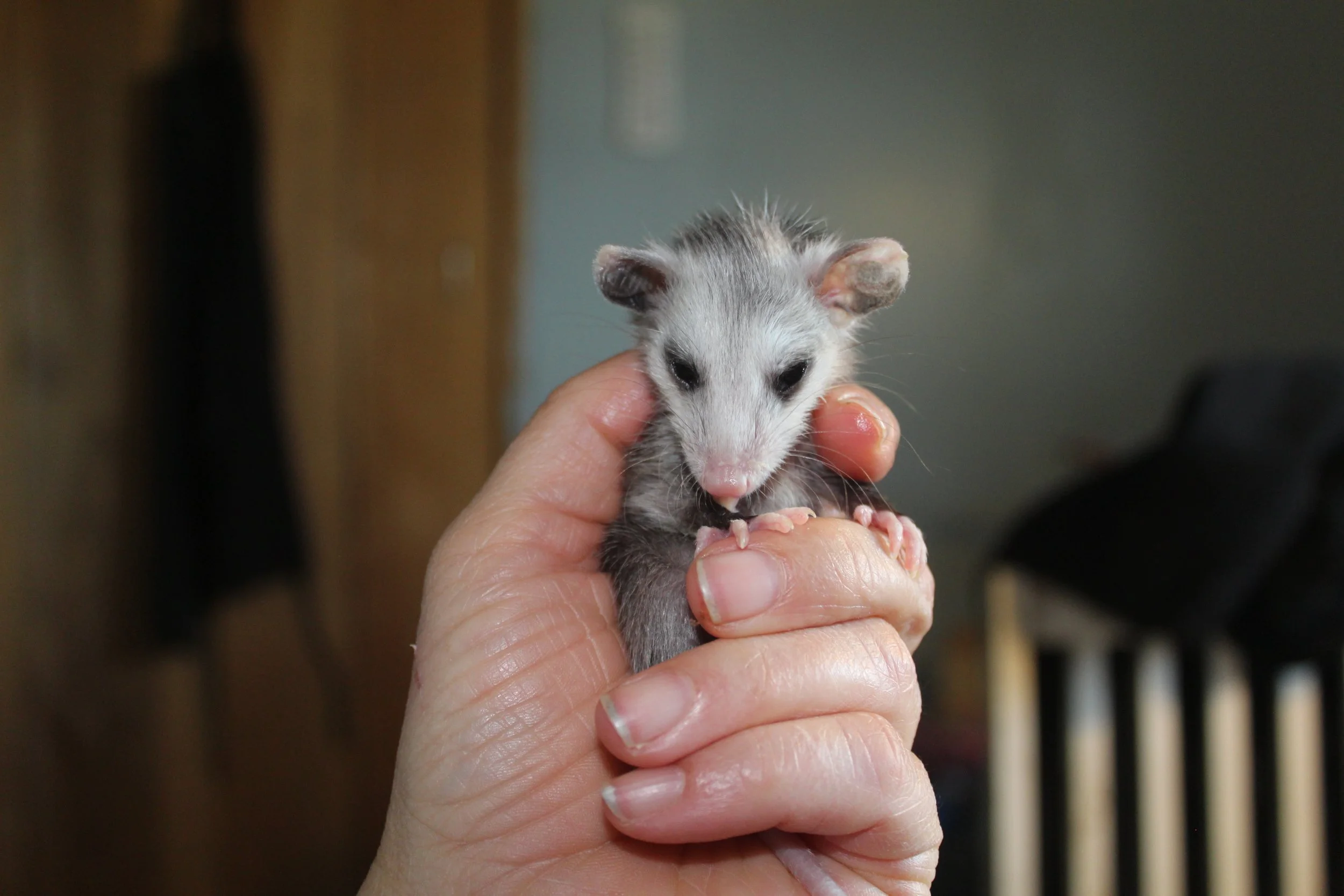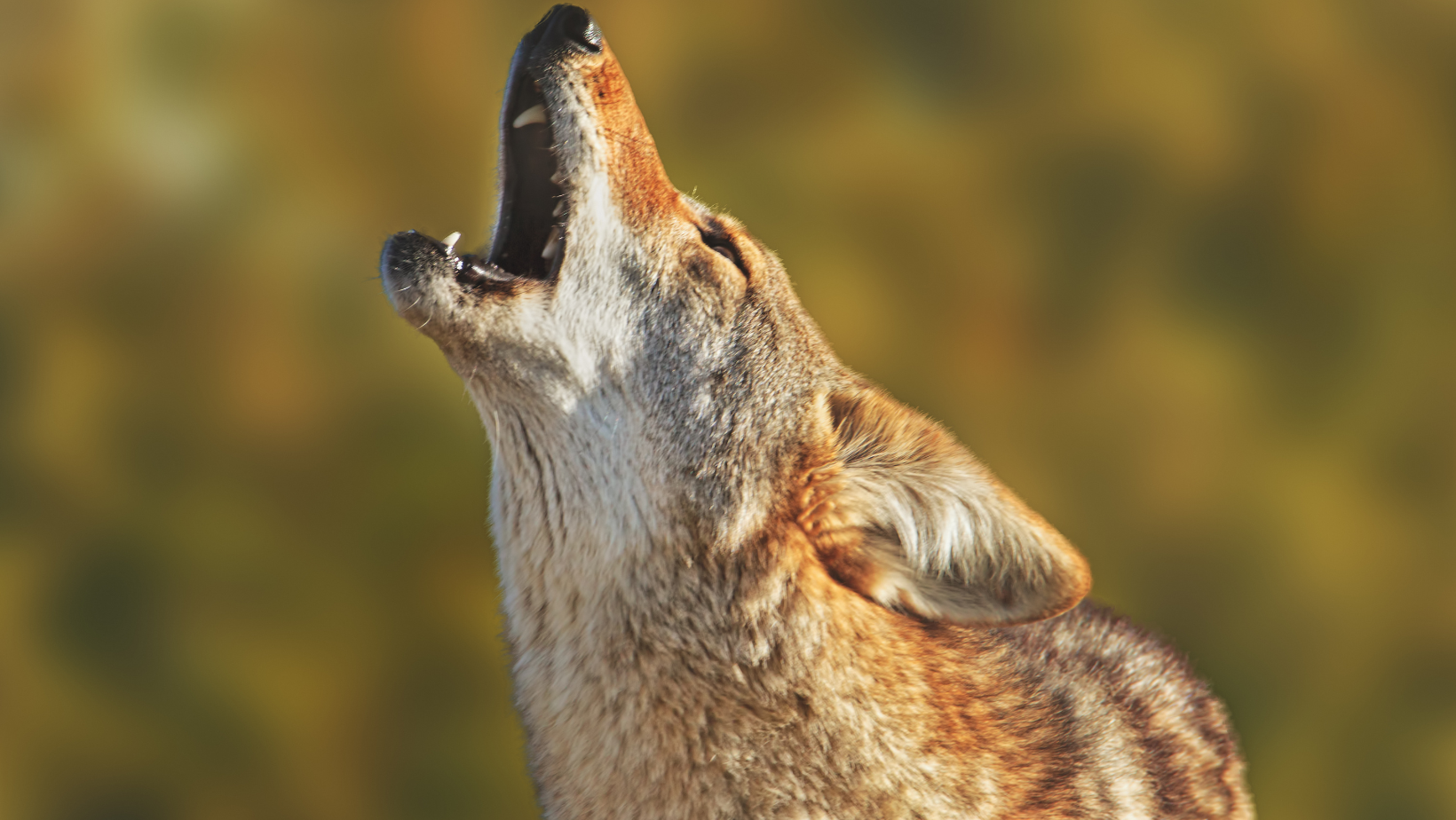The cicadas are coming! This year (2024) we have two large broods emerging. Periodical cicadas are fascinating insects that only emerge above ground every 13 or 17 years. When they do so, they number in the hundreds of billions providing a feast for many animals.
Cicadas are a valuable food source for many wildlife species including the wild turkey. They live in mature forests near fields and meadows and go out and scratch the ground to search for food. Cicadas live in and around deciduous trees.
Wild Turkeys
Wild turkeys are found throughout the U.S. but their populations are denser east of the Mississippi. In the 1970s, they were at risk of disappearing from America due to hunting and habitat loss.
Habitat loss has also affected the turkey’s food sources. One of the wild turkeys’ favorite foods are cicadas.
You can learn more about wild turkeys in my article GOBBLE, GOBBLE! WILD TURKEY'S.
What are cicadas and why are they important?
Cicadas are, quite simply, one of nature’s most incredible and perplexing animals. They are relatively large insects, approximately 1-1 ½ inches long and are found across the globe.
The exceptional cicada species that make headlines, however, are only found in the U.S. These cicadas are called periodical cicadas and only emerge from underground once every 13 or 17 years.
They begin their lives as nymphs that live below ground, sucking fluid from plant roots. They can count seasonal plant cycles from this pulsing fluid and, after 13 or 17 cycles, they synchronously emerge as adults in the hundreds of billions (1).
The sound from the cicadas during their 4-6 weeks as adults is deafening as they call for mates.
During this time, the females lay their eggs which hatch into nymphs after 6-8 weeks (2). Shortly afterward they die. The nymphs, however, rain down onto the ground, rapidly digging into the soil to feed on the roots (2), thus beginning a new 13- or 17-year cycle.
Periodical cicadas belong to one of 15 geographically-defined broods across North America (1). These broods don’t synchronize with each other, so you may have a 13-year emergence in New York one year and a 13-year emergence in Georgia the following year. It appears the mass emergence of these insects within their broods helps survival. It really is ‘safety in numbers and they can number 1.5 million in a single acre (1).
Interestingly, it has also been discovered that birds that prey on the cicadas are at an all-time low in the year of the cicada emergence. Scientists think that cicadas are driving the bird populations; causing them to peak immediately after their emergence and taper off to their lowest numbers exactly 13 or 17 years later (3). This could be true for other cicada predators and could be another explanation for the prolonged underground period of these insects.
Unlike locusts, which can swarm and destroy crops, cicadas can benefit the trees on which they emerge. The females lay eggs in branches some of which will die as a result. This prunes the trees of energy-sapping weaker branches (4). Furthermore, when the adult cicadas die in their billions (4-6 weeks after their emergence), they provide a huge amount of nutrients for the soil and surrounding vegetation.
Cicadas, during an emergence year, provide a staggering amount of food for their predators. These include birds such as starlings, robins, jays, and blackbirds (2); mammals such as shrews, mice, and voles (5); and reptiles such as turtles and snakes (2). This has a significant impact on these species and their success during an emergence year and subsequent years.
The relationship between cicada emergence and wild turkeys in the United States has been an important topic of conversation.
How do cicadas help wild turkey populations and why is this relationship so important?
Wild turkeys prefer a habitat consisting of woodland dotted with openings such as pastures and marshes. Mixed forest-agricultural landscapes are important for female turkeys and their nest sites (9). Similarly, cicadas prefer deciduous trees and plants and therefore flourish in habitats occupied by turkeys.
Turkeys tend to stay in flocks consisting of 10-30 birds and, amazingly, can fly at up to 50 mph for short distances! They have very keen vision and hearing (far better than a human’s) so are able to detect predators very well.
Some research has shown that as few at 23% of poults (young turkeys) survive the first month of their lives (10). This very low survival rate is of concern to turkey conservationists and there is evidence of a declining wild turkey population in some U.S. states.
Breeding months for the turkeys are typically March/April in the U.S., but is very weather dependent and can even extend to July. Females are about half the size of males and lay 9-12 eggs which take 26-28 days to hatch (11). Over 50% of the chicks will die before they reach maturity. This can be due to predation and poor weather conditions.
During a cicada emergence year, the wild turkeys thrive. Their productivity has been recorded to dramatically increase by 83% during an emergence year (6). The turkeys have an abundance of food and expend less energy foraging.
Furthermore, predators that normally feed on poults and eggs, are full from consuming cicadas. Predators such as racoons, opossums and skunks therefore pose less of a threat due to an ecological term called predator satiation (6). Basically, they fill their tummies with the insects so don’t bother as much with turkey eggs, babies or adults. Also, because the turkeys don’t need to roam as far to forage, they are less prone to predation.
What happens if we kill all the cicadas?
Wild turkeys are most abundant in the eastern states. Periodical cicada populations are also located east of the Mississippi river. Perhaps the geographical distribution of turkeys is partly down to the presence of these key insects.
Some cicada broods have been in decline recently. This appears to be due to a number of reasons including pesticide use and climate change. As well as counting the seasons to determine when to emerge, cicadas use temperature. With warmer winters, some cicadas called ‘stragglers’ emerge at the wrong time. Recently, there have been so many ‘stragglers’ that some believe they could evolve to produce their own, new brood.
Learn all about wild turkeys in this video!
Destruction of their woodland habitat has caused some cicada populations to disappear from some states (2). This loss of habitat can be from forest fires, deforestation, urbanization and natural tree pests and diseases (2).
Due to their long lifecycle underground, cicada nymphs are exposed to changes in the soil. Pesticides and sewerage effluent can be damaging as well as soil erosion and nutrient leaching.
If cicadas were to die out, wild turkey numbers would struggle to survive. Research has shown that the population boom of cicada predators following an emergence is short lived (1-3 years). However, more vulnerable species, such as the wild turkey, may find itself over-predated and over-hunted relatively quickly.
The wild turkey has already come back from the brink of extinction within the U.S. once, so we need to do everything we can to preserve this ecologically and culturally important bird, and thriving cicada numbers are a way of doing that.
Author Ame Vanorio is the founder of Fox run EEC, an environmental educator and author. Check out her paperback books on Amazon and pdf versions in our website store.
Resources
1. McKeever, A. (2021) Millions of cicadas will soon emerge in the U.S. Here’s why. National Geographic https://www.nationalgeographic.com/animals/article/millions-cicadas-emerging-now-united-states?loggedout=tru
2. Williams, K. S., & Simon, C. (1995). The ecology, behavior, and evolution of periodical cicadas. Annual review of entomology, 40(1), 269-295.
3. Morell, V., (2012) Cicadas' Cycles Control Their Predators - Insects' mysterious cycle may help create a boom-bust cycle for the birds that eat them. Science.org https://www.science.org/content/article/cicadas-cycles-control-their-predators
4. Cicada Mania, (2008) What is the purpose of cicadas? https://www.cicadamania.com/cicadas/what-is-the-purpose-of-cicadas/
5. Hahus, S. C., & Smith, K. G. (1990). Food habits of Blarina, Peromyscus, and Microtus in relation to an emergence of periodical cicadas (Magicicada). Journal of Mammalogy, 71(2), 249-252.
6. Brooke, J. (2021) Billions of Cicadas Are Coming This Spring; What Does That Mean for Wildlife? Purdue.edu https://www.purdue.edu/fnr/extension/billions-of-cicadas-are-coming-this-spring-what-does-that-mean-for-wildlife/
8. AZ Animals, (2022) Wild Turkey Population By State: How Many are in the U.S.? https://a-z-animals.com/blog/wild-turkey-population-by-state/
9. Pollentier, C. D., Lutz, R. S., & Drake, D. (2017). Female wild turkey habitat selection in mixed forest‐agricultural landscapes. The Journal of Wildlife Management, 81(3), 487-497.
10. Shrivastava, R. (2021) Wild turkey populations are declining. MU researchers have a plan to find out why. Vox Magazine 2021 at https://www.voxmagazine.com/magazine/tracking-turkeys-missouri-conservation-hunting-research-mu-wild-poult-birds/article_4d285abc-3a33-11eb-bd7b-6b86ee68d771.htm Accessed on 1 September 2022
11. Department of Natural Resources, Maryland.gov (2022) Eastern Wild Turkey
(Meleagris gallopavo) https://dnr.maryland.gov/wildlife/Pages/plants_wildlife/WildTurkeyFactSheet.aspx





















